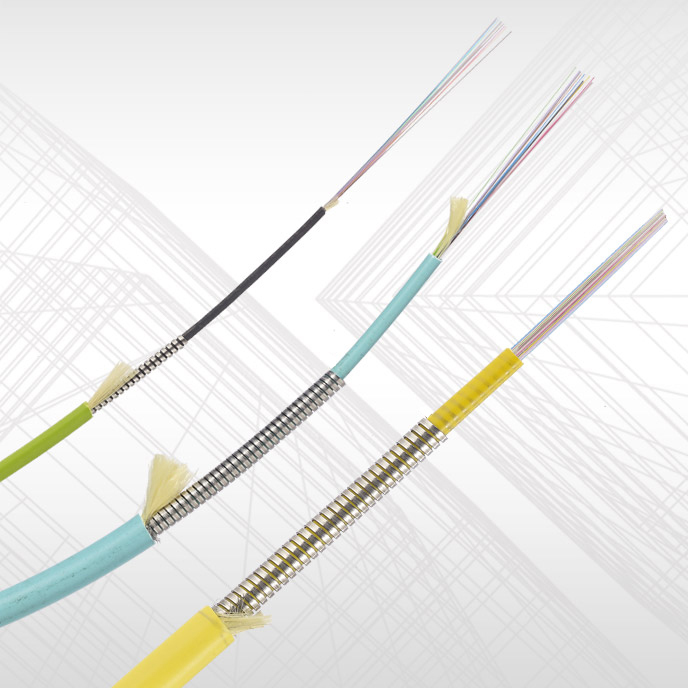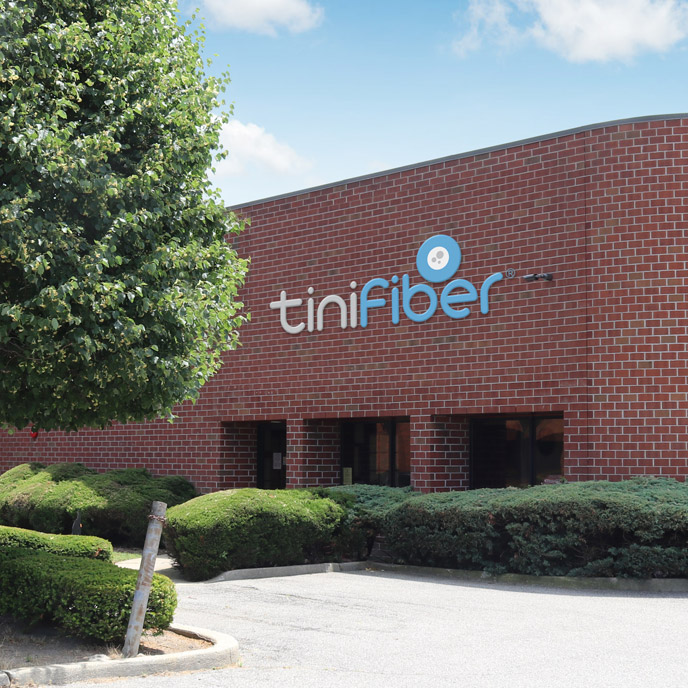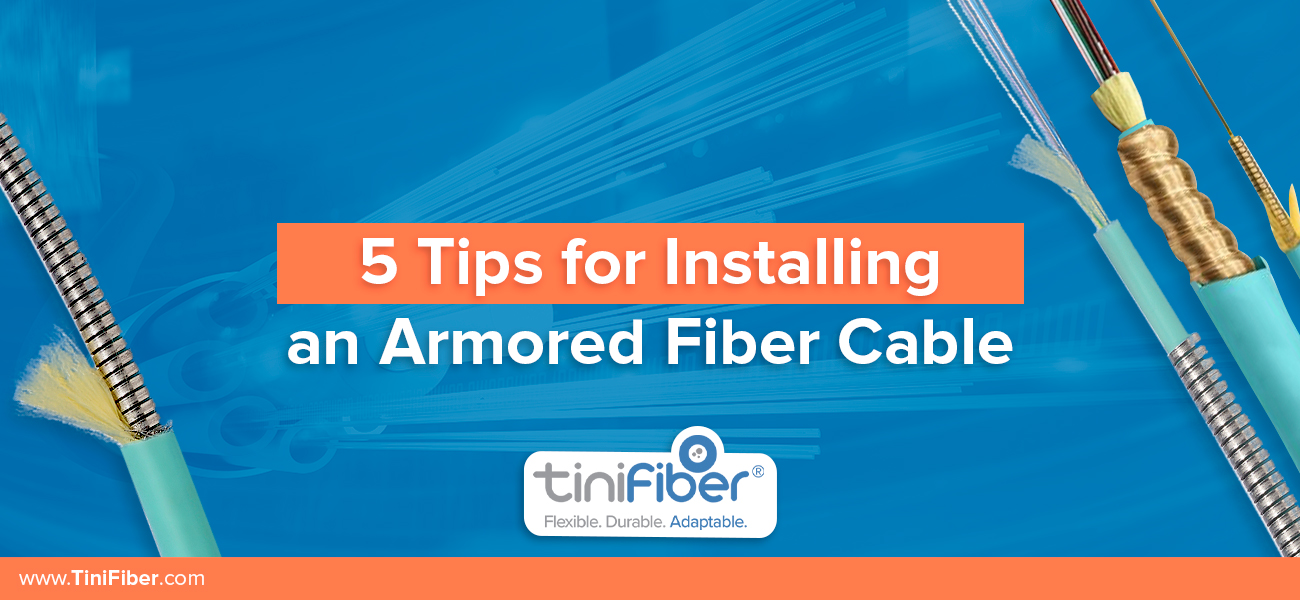Think about the last time your internet went out at the worst possible time. Maybe you lost all your progress on an important project, or perhaps you’re Zoom call cut out at the exact wrong time.
Your internet can go out for a variety of reasons, but one common reason is damage to the fiber cable that connects your business to the network.
An armored fiber cable is designed to protect the fiber cable against damage from rodents, erosion, and pressure.
These high strength cables are often used in areas where internet or telecommunications connectivity is vital at all times. Because they are stronger than normal fiber cables, they’re less likely to break and cause you to lose connectivity.
When it comes to installing armored fiber optic cables, there are a few tips that you should know about before you start the installation process.
In the article below, you’ll find a list of some of the key things you should know before you install armored cable fiber. Continue reading to learn more about how to perform the installation successfully.
Always Unroll the Fiber Optic Cable From the Spool
When you get ready for the installation process, you’ll likely find yourself with an armored fiber cable wrapped around a spool. You may be tempted to spin the cable off the front of the spool to make the process go more quickly.
Doing this will cause twists in the cable, and those twists will weaken the cable over time. Instead, unroll the cable off the spool the way it’s designed. This will prevent twists and ensure long-term cable strength.
Try to Avoid Having to Splice Cables Together
If you want your armored fiber cable installation process to go smoothly, you should make sure to measure out the exact length of cable you need beforehand.
Buy enough fiber cable to easily cover all the areas in which you’ll need to install the cable. You can always cut the cable at the end or roll it up. It’s a lot more difficult to splice cables together in the event that you need to add extra length.
Try to Avoid Pushing the Cables During Installation
When you’re installing your cables, always pull the cable through the various installation points.
Pushing the cable can damage the fibers, and you’ll have to start all over with new cables. You should also avoid pulling on the fibers themselves. While the fibers will stick out from the end of the armored portion of the cable, that doesn’t mean you can pull on them.
Instead, look for the strength member at the end of the cable. It covers the fibers and extends beyond the outside armor. These strength members are usually made of kevlar and are designed to be pulled on.
Create a Detailed Installation Plan Before You Start
It’s always easier to install fiber cables when you’ve planned the installation route ahead of time. Plan out how you’ll get the cable into the installation spot, how much cable you’ll need, and where you’ll need to bend the cable.
You should also figure out how you’re going to pull the cable through each section of your installation area. Planning out your installation plan ahead of time will help you avoid surprises and prevent you from having to do double work.
Pay Attention to Temperature Limits
Most fiber cables have certain temperature limits that should not be exceeded. These limits apply to both hot temperatures and cold temperatures. When you’re planning on your installation, take some temperature readings at the installation site.
Remember to also consider how the temperature may fluctuate over time. Don’t install cable in areas in which the temperatures could exceed what the cable can handle.
Remember to Leave Loops in the Fiber for Servicing
At some point, you’re likely going to have to perform maintenance on the fiber or at the installation site. It’s a lot easier to perform maintenance if the fiber isn’t taught.
You can leave loops throughout the length of the fiber to give your fiber some slack when it’s time to service the fiber. These loops will allow you to pull some of the fiber up out of the installation site when performing maintenance.
Remember to account for these loops when you’re planning out the length of the fiber that you’re purchasing.
Reviewing the Top Tips for Installing Armored Fiber Cable
Now that you understand some of the keys to the armored fiber cable installation process, you’re ready to perform the installation. Using the tips in this article to install cable will help you avoid costly mistakes that can slow down the installation process.
If you need high-strength armored fiber cables for your home or business, get in touch with the cable experts at TiniFiber.













